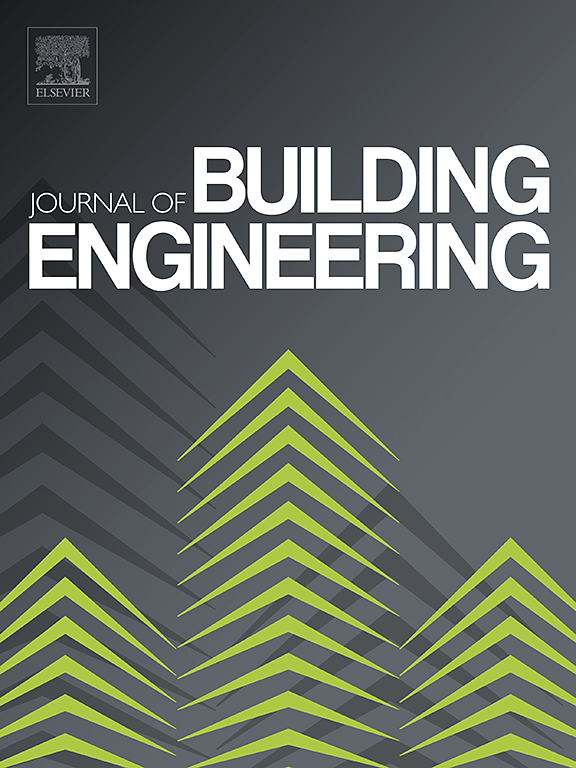Experimental investigation on thermal performance of phase change plates used in hot and humid environment with ventilation
IF 6.7
2区 工程技术
Q1 CONSTRUCTION & BUILDING TECHNOLOGY
引用次数: 0
Abstract
The underground refuge chamber (URC) serves as a refuge for human beings in the event of a mining disaster. However, due to the URC's power outage during such an event, the conventional air conditioning system is not applicable. As individuals and equipment expel heat and humidity, the temperature and humidity levels within the URC will progressively increase. This paper investigates the thermal behavior of phase change plates (PCP) in the context of ventilation conditions characterized by elevated temperatures, humidity levels, and ventilation rates. The study provides a comprehensive reference for the application of PCP in URC and experimental investigation into the effects of PCP thickness, environmental temperature, ventilation flow-rate, and relative humidity on the heat transfer performance of PCP. Results show that: (Ⅰ) PCP with a thickness of 60–70 mm can be cooled for up to 96 h in a URC environment. (Ⅱ) Ventilation flow-rate, environment temperature, and humidity all increase heat transfer, but too high temperature and relative humidity will increase the formation of condensate and thus increase the effect of condensate on heat transfer, and too high wind speed will hinder the formation of condensate and thus reduce the effect of condensate on heat transfer. (Ⅲ) With the increase of ventilation flow-rate and temperature, the heat transfer coefficient increases by about 5.05 W/m求助全文
约1分钟内获得全文
求助全文
来源期刊

Journal of building engineering
Engineering-Civil and Structural Engineering
CiteScore
10.00
自引率
12.50%
发文量
1901
审稿时长
35 days
期刊介绍:
The Journal of Building Engineering is an interdisciplinary journal that covers all aspects of science and technology concerned with the whole life cycle of the built environment; from the design phase through to construction, operation, performance, maintenance and its deterioration.
 求助内容:
求助内容: 应助结果提醒方式:
应助结果提醒方式:


